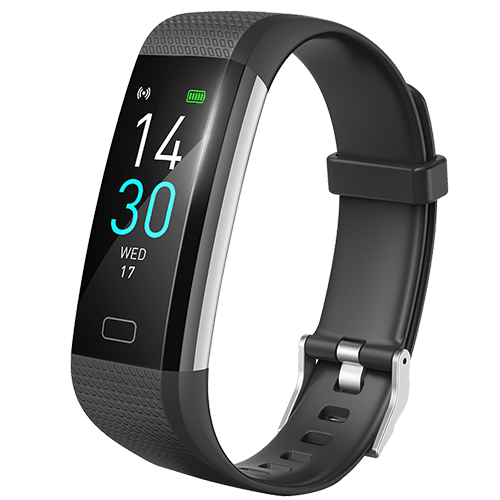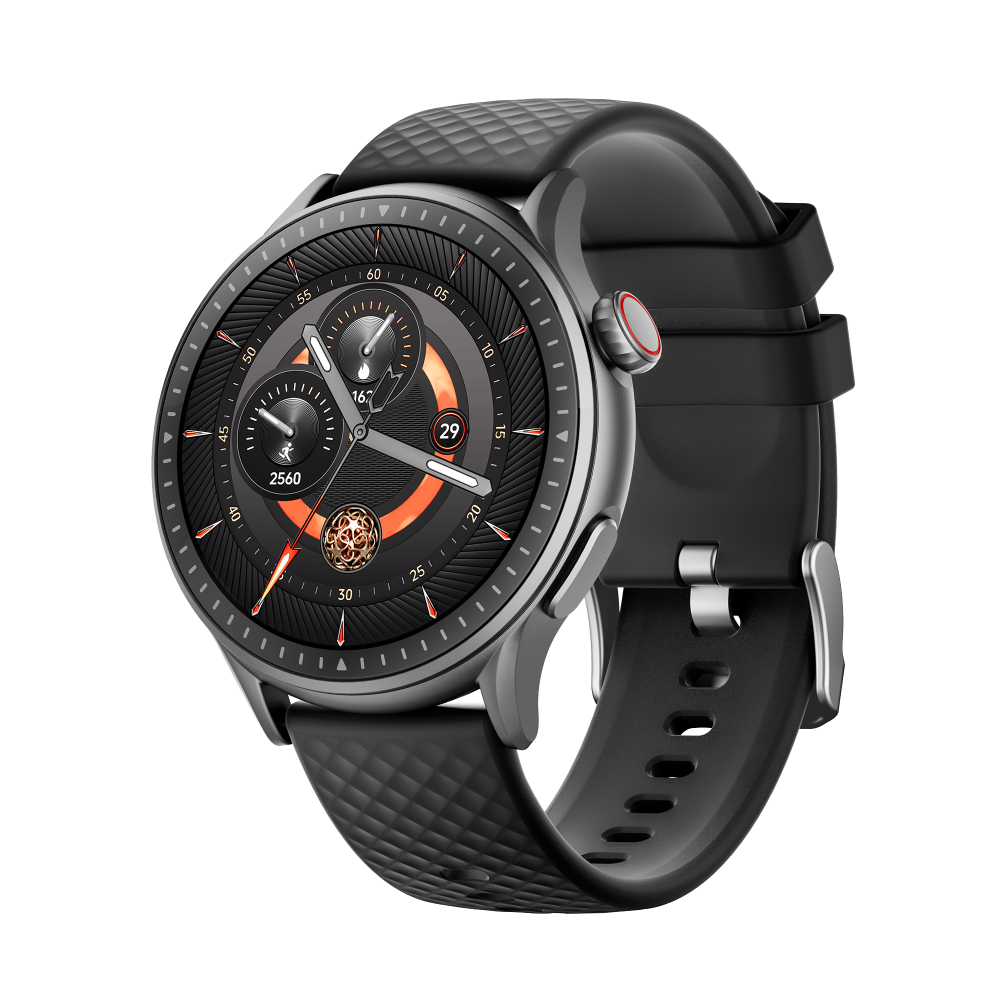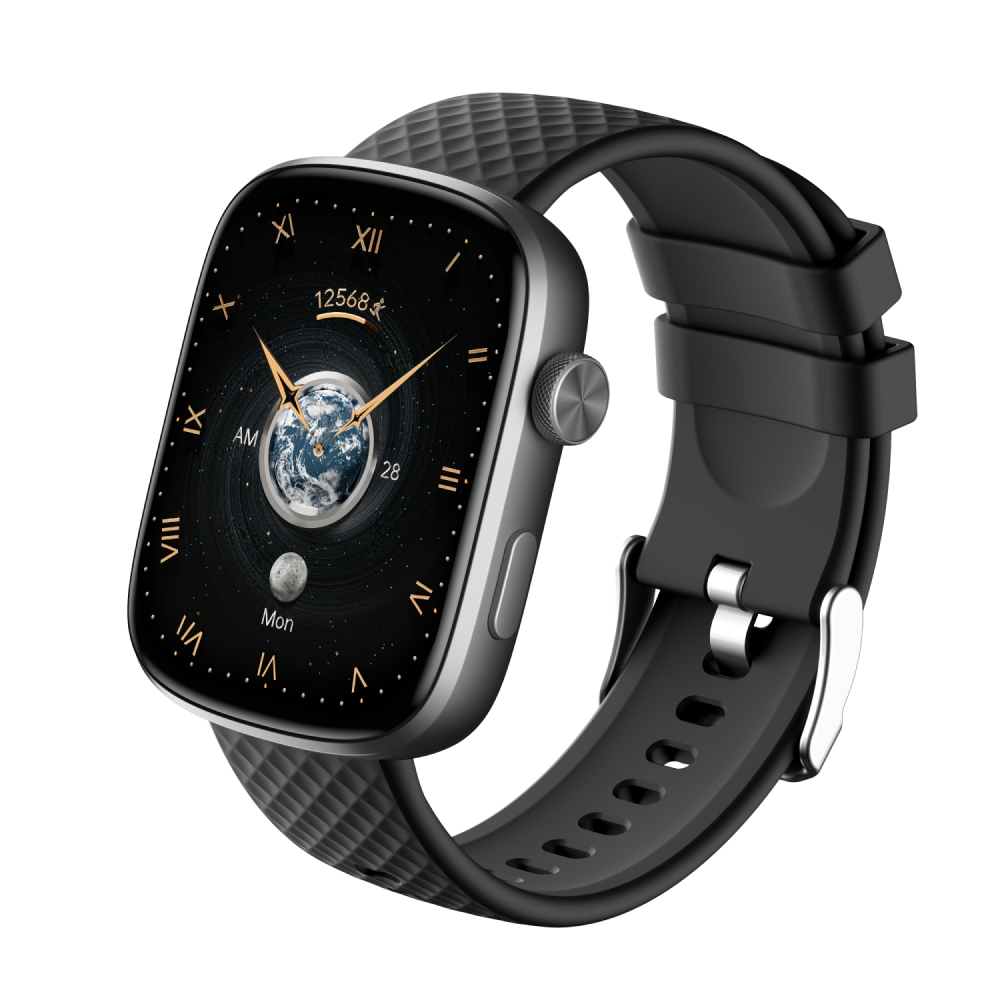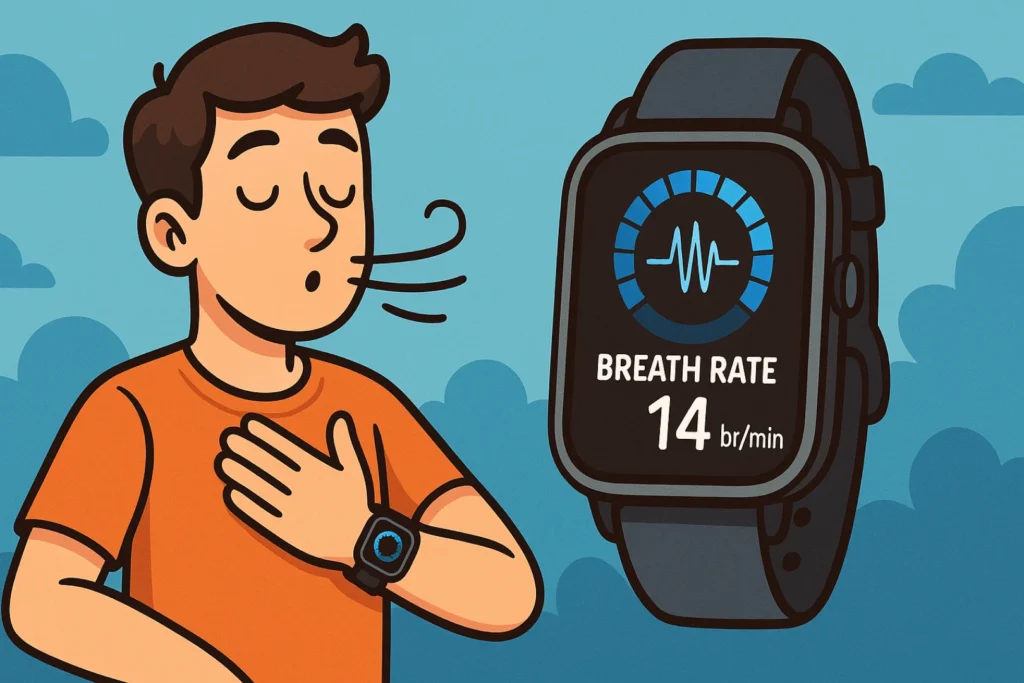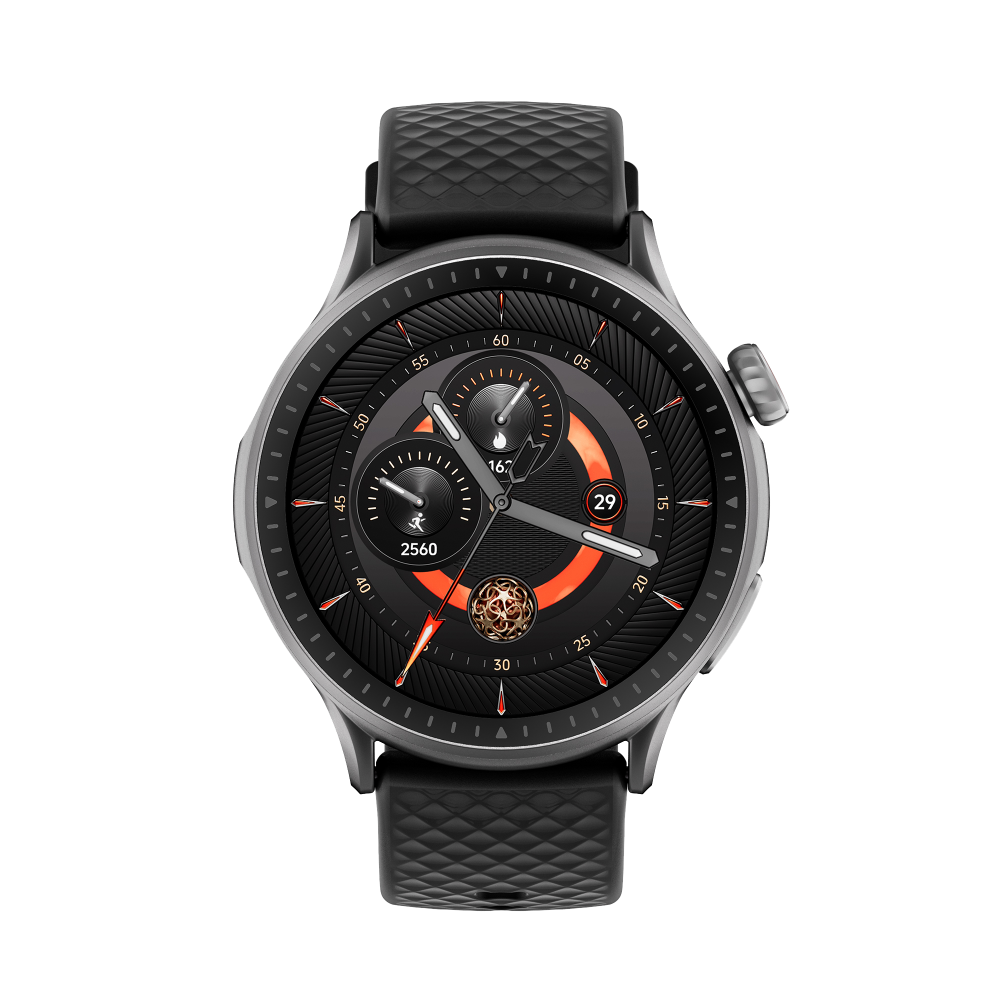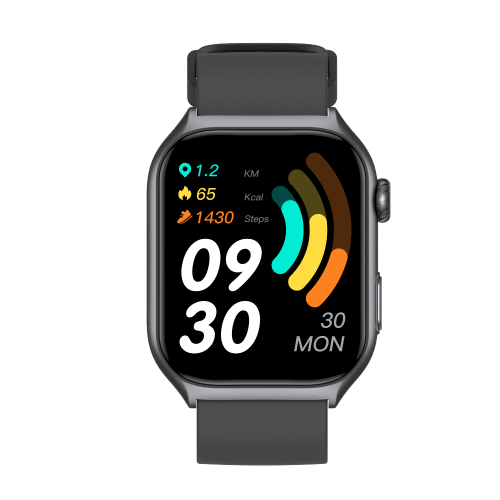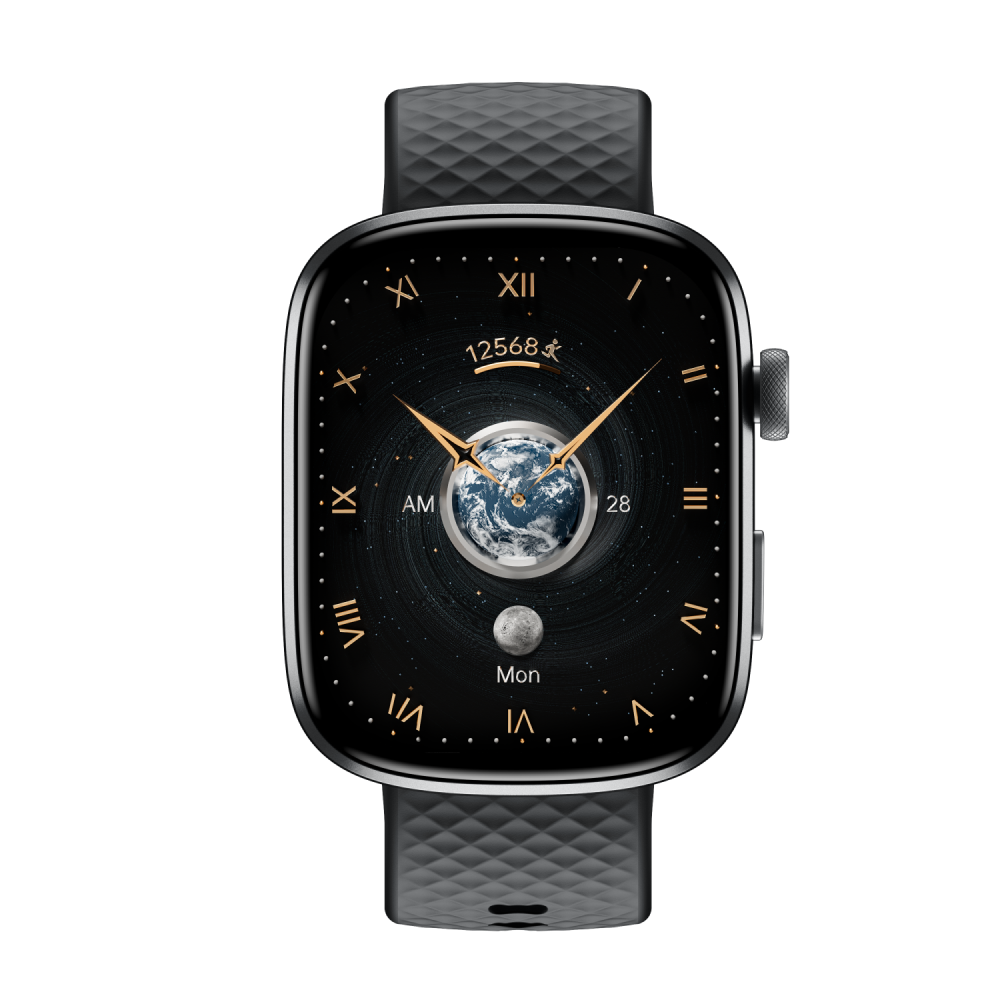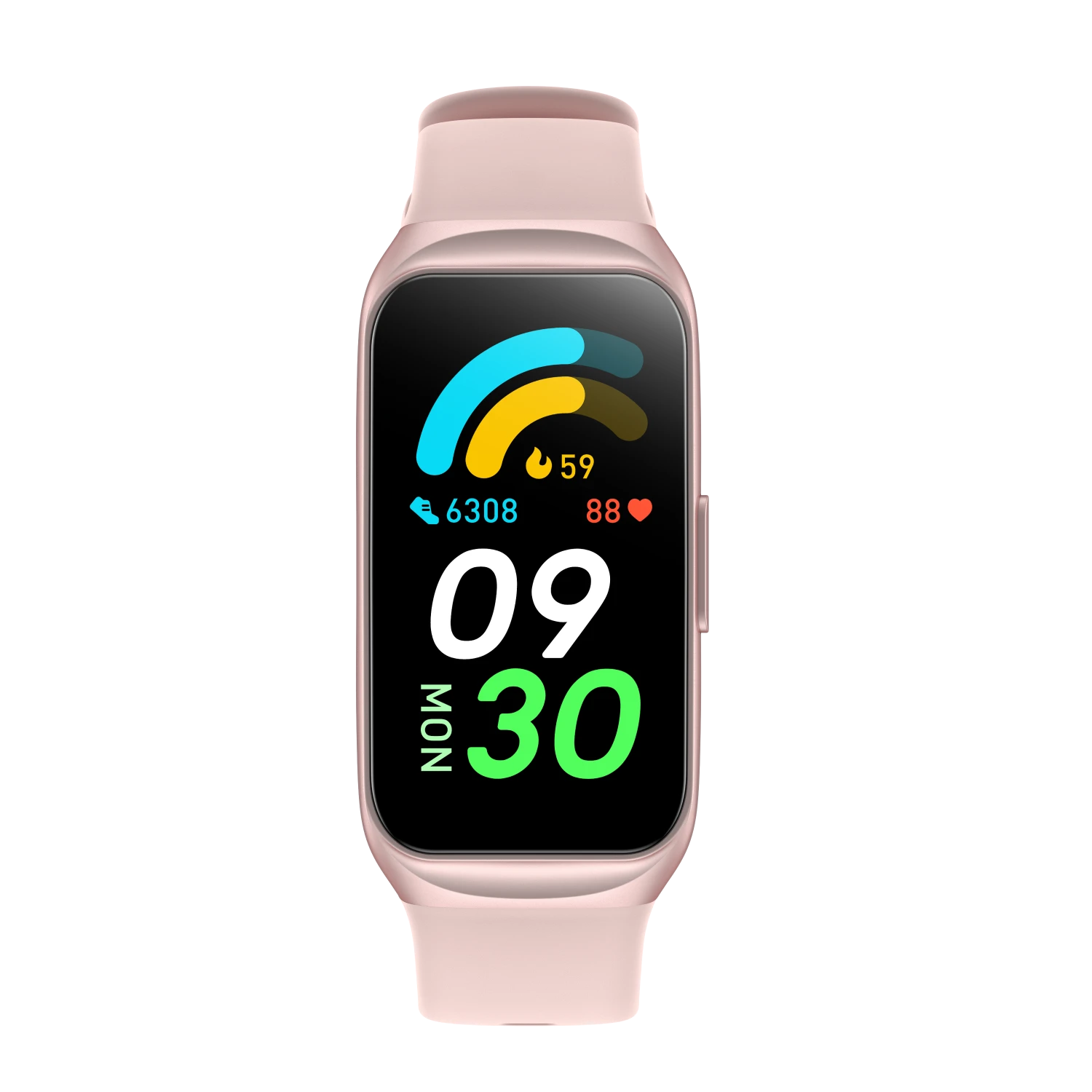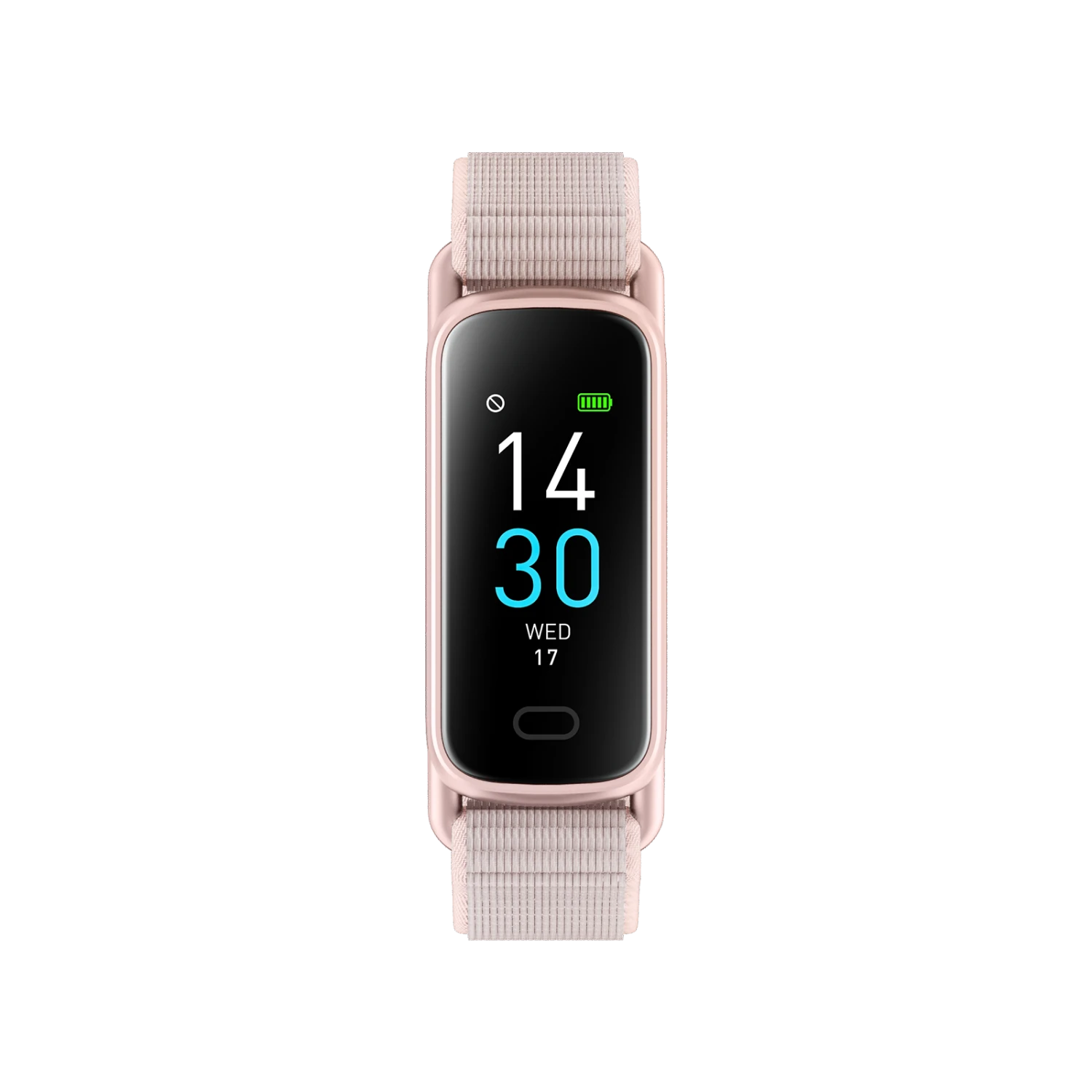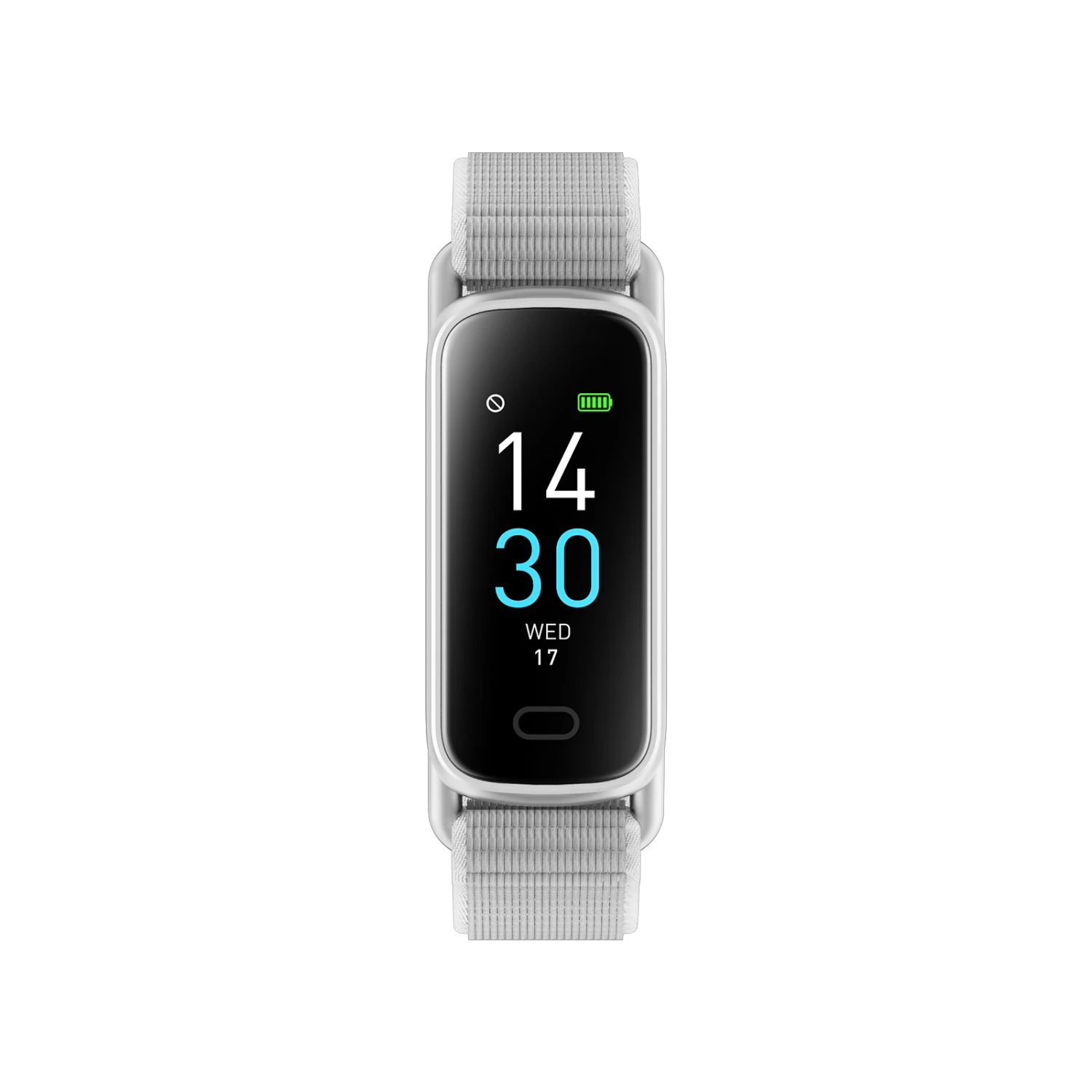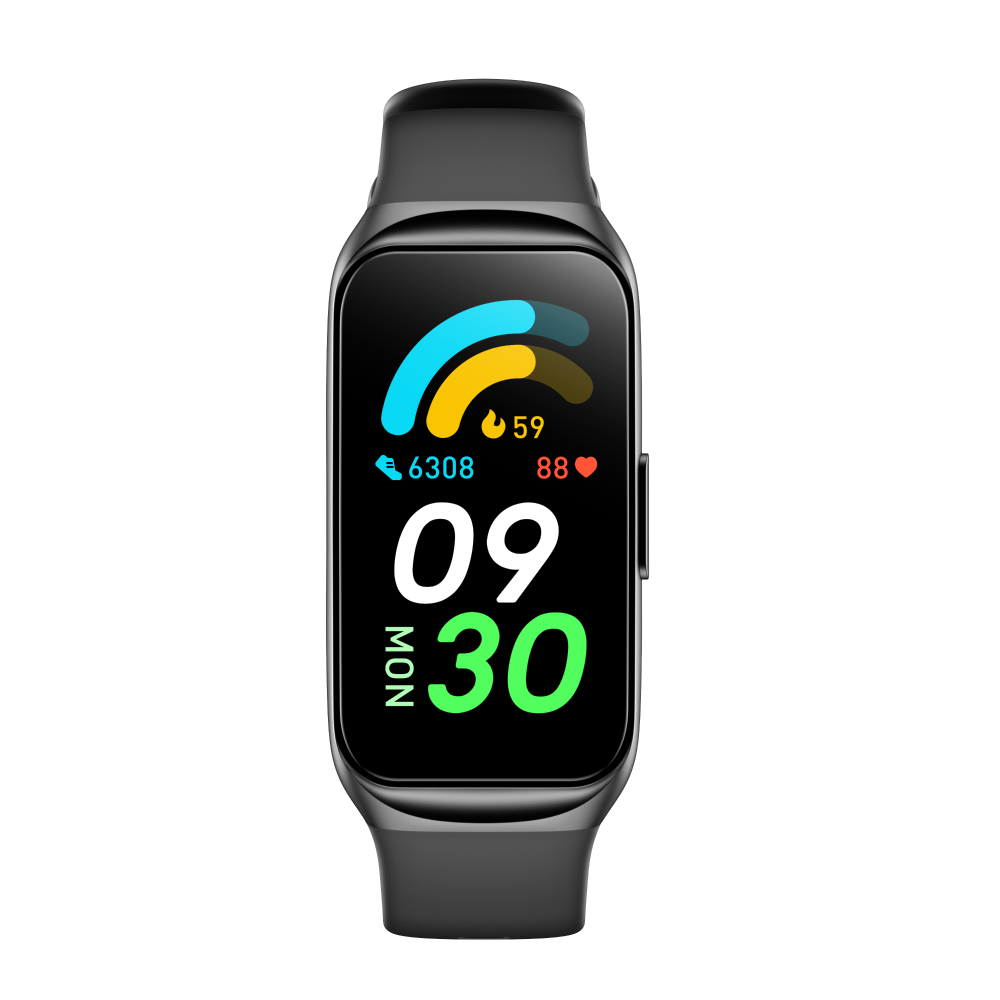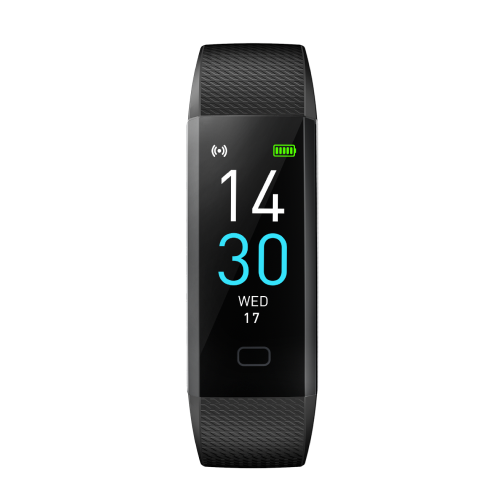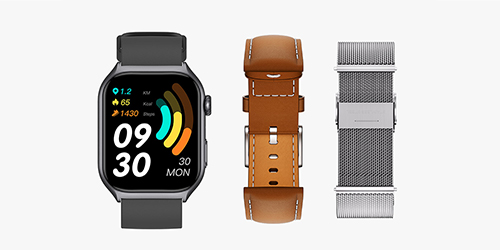You might have heard that walking 10,000 steps a day is a good exercise to reach your activity and calorie goals, and many smart watches and fitness trackers recommend it. It includes steps from all daily activities tracked by the fitness tracker, such as walking, climbing stairs and so on, depending on the algorithm employed.
But have you ever thought about what happens if you take 10,000 steps a day? It may sound a lot. But walking that much can help you burn 400 to 500 calories. It can boost your mood and enhance your sleep as well. It’s one of the easiest methods to be healthy and active and you don’t have to go to the gym to do so.
Whether you want to burn more calories, feel more awake, or simply move more, walking can help. Below are 6 real-life advantages to adding walking to your daily routine—and why a fitness tracker might be the key to sticking with it.
1. Burn More Calories
Walking may not seem like a difficult exercise, but it burns a lot of calories. A 2018 study in the publication Obesity concluded that physical activity has a strong effect on weight management. It helps people burn more fat in the first 6 months, and taking 10,000 steps per day has been found to be related to both weight loss and weight maintenance.
If you take 10,000 steps per day, you will burn about 400 to 500 calories. How many calories you burn will depend on your body weight, walking speed, exercise intensity, and the duration of walking. It raises your heart rate and targets key muscle groups like your glutes, hamstrings, calves, and thighs. It helps you burn fat and build muscle tone.
These steps will soon mount up. You can easily hit your goal just by going about your normal daily activities—like going shopping, walking the dog, or pacing while you’re on the phone.
Recommended
With a smartwatch or a fitness tracker, like the Runmefit S5 Fitness Tracker, it can help calculate your steps taken, calories burned, and distance traveled, giving you a clear picture of how active you are throughout the day. Features like Daily Goals can remind you to be active too—they’ll motivate you to walk more steps every day. In that way, you can lose weight naturally or maintain a healthy weight—sometimes without even knowing it.
2. Lower Your Risk of Chronic Diseases
Walking 10,000 steps a day might not seem like much, but it can have a big impact on your long-term health. What feels like a small daily habit can actually lead to major benefits over time. Regular walking helps lower blood pressure, reduce inflammation, and keep blood glucose levels in check—key factors in reducing your risk of chronic conditions like heart disease, type 2 diabetes, and stroke. Best part? You don’t need a gym membership to make it happen.
Smart watches can take things to the next level. Many are packed with health-tracking features that give you real-time feedback on your body. Advanced watches like the Apple Watch can monitor your heart rate throughout the day and even alert you if it’s unusually high or low. Some watch models go a step further by detecting irregular heart rhythms—potential early signs of more serious heart issues.
3. Improve Your Mental Health
Have you ever noticed how a walk can make you feel better? There’s actually science behind that feeling. Walking triggers your body to release serotonin and endorphins—those “feel-good” chemicals that help ease stress, reduce anxiety, and even relieve mild depression. Even just a quick 20-minute walk outside can give your mind a reset and leave you feeling refreshed.
Recommended
1.43-inch AMOLED display, steps counter, calories tracking, 24/7 heart rate monitoring, HRV stress, up to 15 days battery life
1.95-inch AMOLED display, daily activity tracking, steps counter, sleep tracking, breathing exercise, up to 14 days battery life
Using smartwatches like the Runmefit GTR3 AMOLED Smart Watch with features like guided breathing and mindfulness exercises can be more effective in reducing your stress levels. Some smartwatches will also remind you to get up and move around if you’ve been sitting too long—it’s also a way to help you stay active and walk more steps to relieve stress and clear your mind.
4. Strengthen Bones and Relax Joints
Walking is the most convenient and low-impact way to stay active, making it ideal for people of all ages and fitness levels. Unlike high-intensity workouts, it’s gentle on your joints while still helping to keep your bones strong and your body moving.
Walking 10,000 steps a day can promote joint flexibility, lower the risk of arthritis and osteoporosis, and support better balance, coordination, and overall physical fitness. All of which help you stay independent and mobile as you get older.
5. Boosts Your Energy

Walking 10,000 steps a day isn’t just good for your body—it’s a boost for your mind and spirit too.You can do it pretty much anywhere, anytime. It works wonders for your brain. Walking increases oxygen flow and improves circulation, which helps you stay alert, focused, and even a bit more creative.
Next time you’re feeling drained or mentally stuck, try taking a quick walk instead of grabbing another cup of coffee. Even a short stroll can clear your head and recharge your energy, helping you feel more productive throughout the day.
Need a creativity kickstart? Step outside, take a walk, and let your smartwatch count the steps while your brain recharges.
6. Get a Better Night's Sleep
Having trouble falling asleep? Walking 10,000 steps a day might help. It’s not just about staying fit—regular walking can actually help improve your sleep. Many people who walk consistently say they sleep better at night. That’s because walking helps regulate your internal clock, reduces stress, and eases your body into a natural rhythm that supports deeper, more restful sleep.
And don’t worry—you don’t have to hit 10,000 steps in one go. Spreading them out throughout your day can be just as effective.
With a fitness tracker, it’s easier way to track your daily step goal progress and the quality of your nightly sleep—all in one place. It’s a simple, achievable habit that can make a big difference in how rested you feel.
Why a Smart Watch Is Your Best Walking Partner?
Whether you’re walking for better health, aiming to stay fit, or simply trying to hit that 10,000-step goal, a smartwatch can be a total game-changer. It’s more than just a step counter—it’s your personal coach, health guide, and progress tracker all rolled into one.
Here’s how a smartwatch helps you walk smarter and stay consistent:
- Real-time Step Tracking: Always know how many steps you’ve taken and how many are left to hit your goal.
- Real-Time Motivation: Been sitting too long? Your watch gives you a gentle nudge to get moving—and cheers you on when you hit milestones.
- Health Metrics at a Glance: Get real-time updates on heart rate, calories burned, and how your walk contributes to your overall wellness.
- Better Sleep Plan: Track your rest and see how your daily walking habits are improving your sleep over time.
- Funny Challenges & Goals: Stay inspired with fun step challenges, personal goals, or a little friendly competition with friends.
- All-Day Awareness: Whether you’re walking the dog, grocery shopping, or taking a quick break at work, your smartwatch captures every step—so you don’t have to think about it.
Think of it as your fitness coach on your wrist—always encouraging you, helping you stay on track, and making sure every step counts.
Ready to Start Walking 10,000 Steps a Day?
Here are some tips to help you get started:
- Track your steps for a few days using a pedometer or smart watch to see where you start.
- Set small goals, increasing your steps by 500–1,000 each week.
- Look for walking moments—after meals, during breaks, or while on calls.
- Commit to a 30-day challenge to build momentum.
- Celebrate every win, no matter how small!
Walking is one of the easiest habits to stick with—and for good reason. Of all the fitness routines out there, it has the highest success rate when it comes to consistency. Why? Because it’s simple, flexible, and doesn’t require fancy gear or a gym membership.
But like with any change, it starts with one step. The key is to focus on progress, not perfection. Listen to your body, increase your steps gradually, and enjoy the steady, positive changes walking brings to your life—physically, mentally, and emotionally.
And don’t forget to celebrate your milestones! Whether you’ve hit your weekly step goal or completed a full month of daily walks, take a moment to recognize how far you’ve come. These little victories build motivation and remind you that you’re moving in the right direction—one step at a time.


